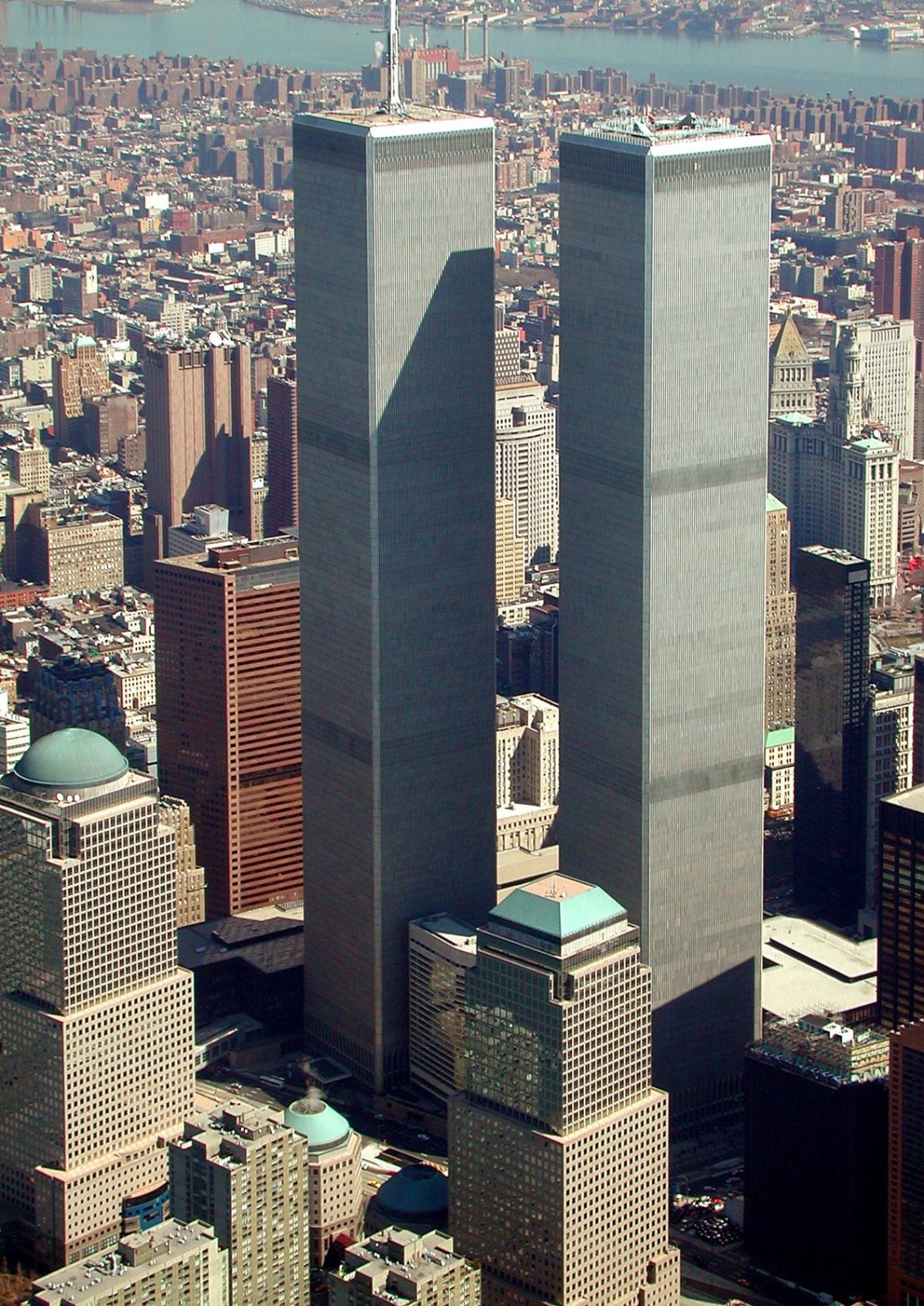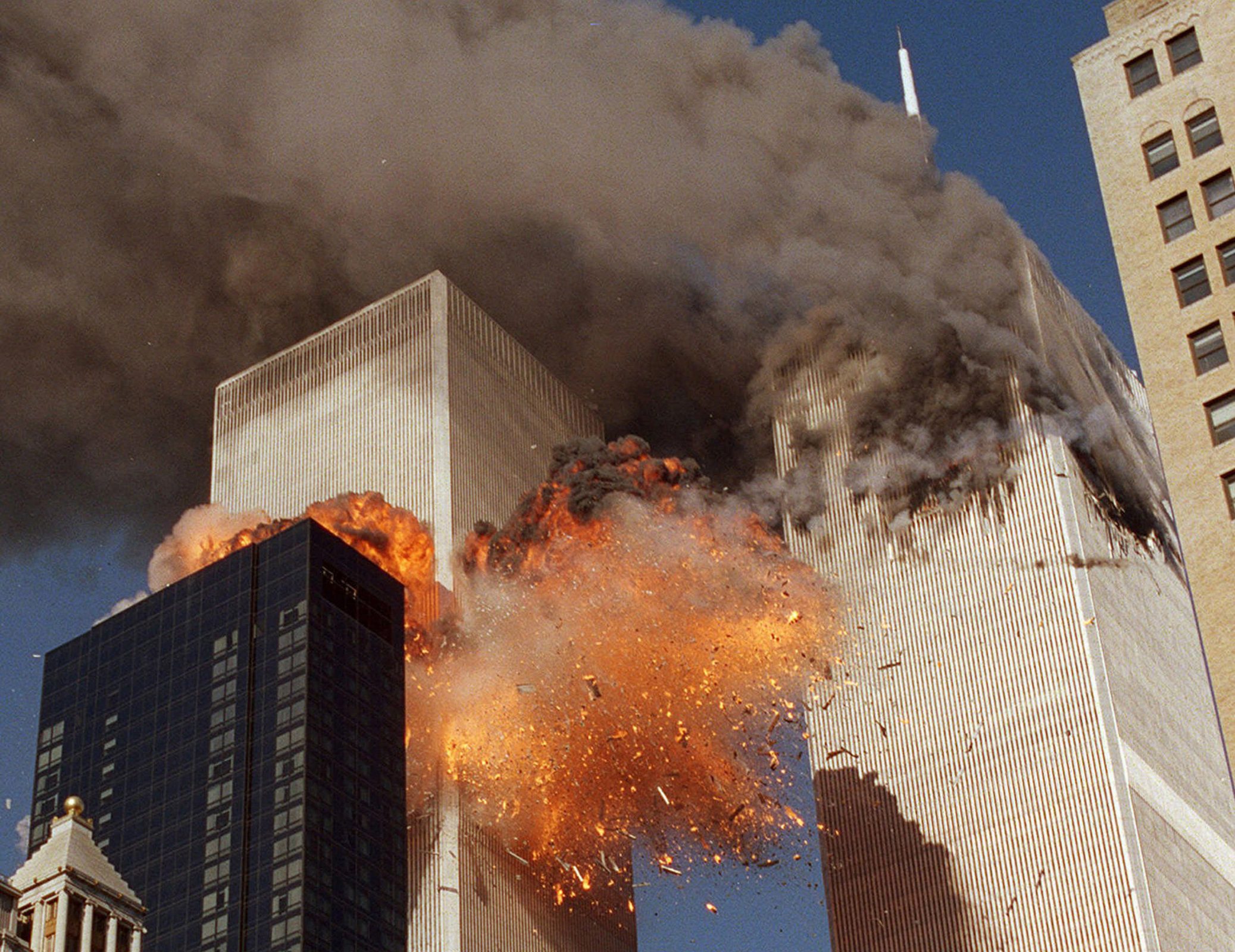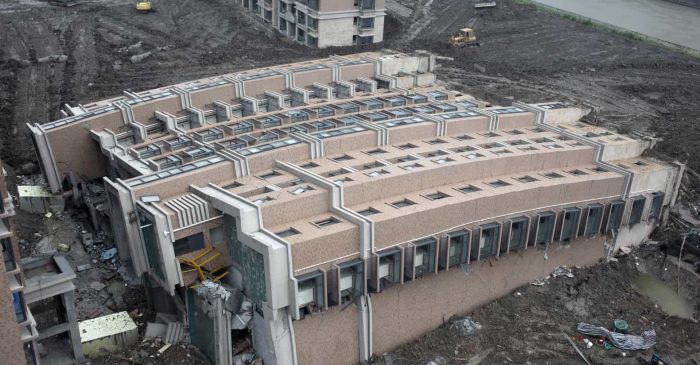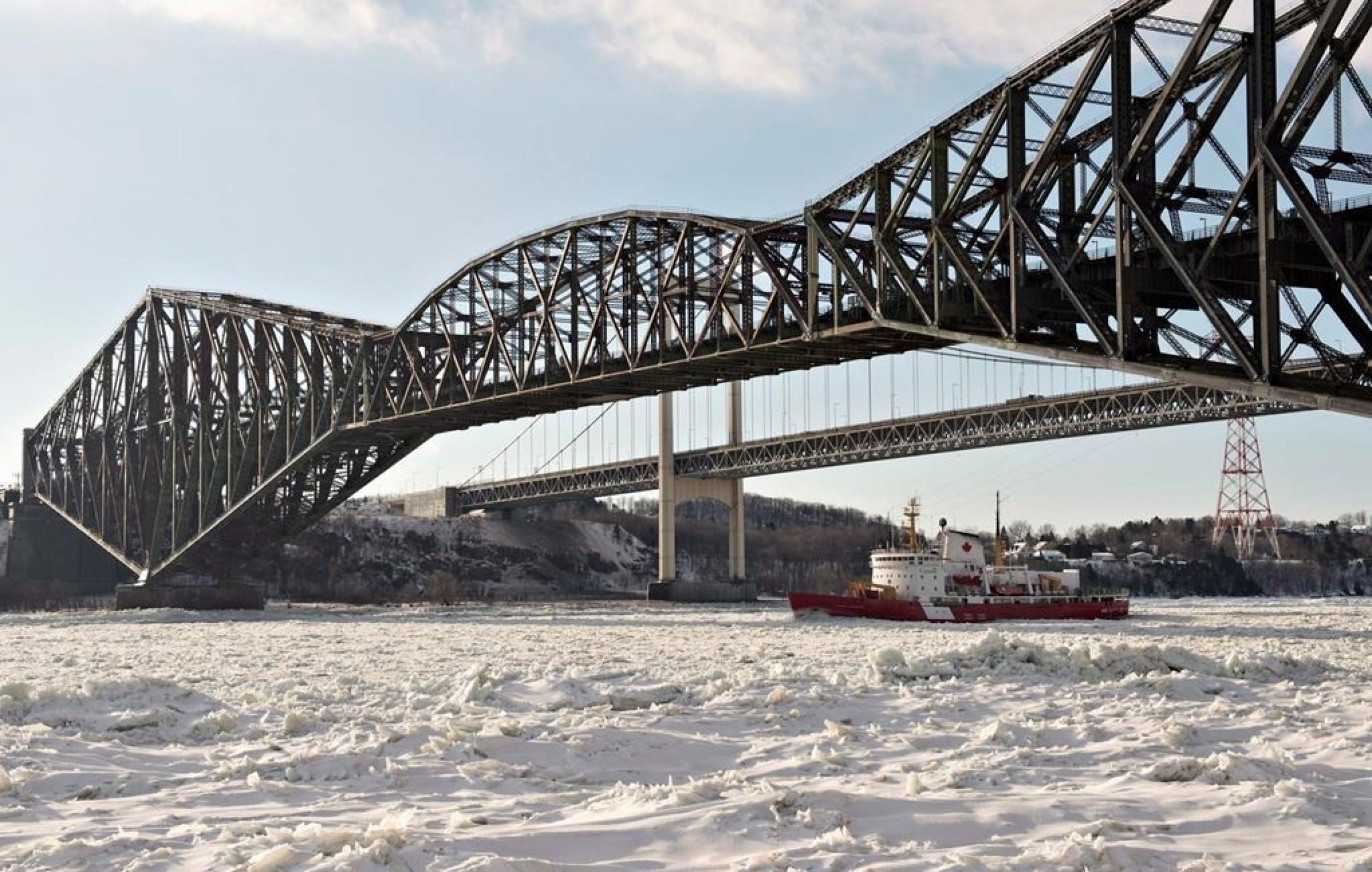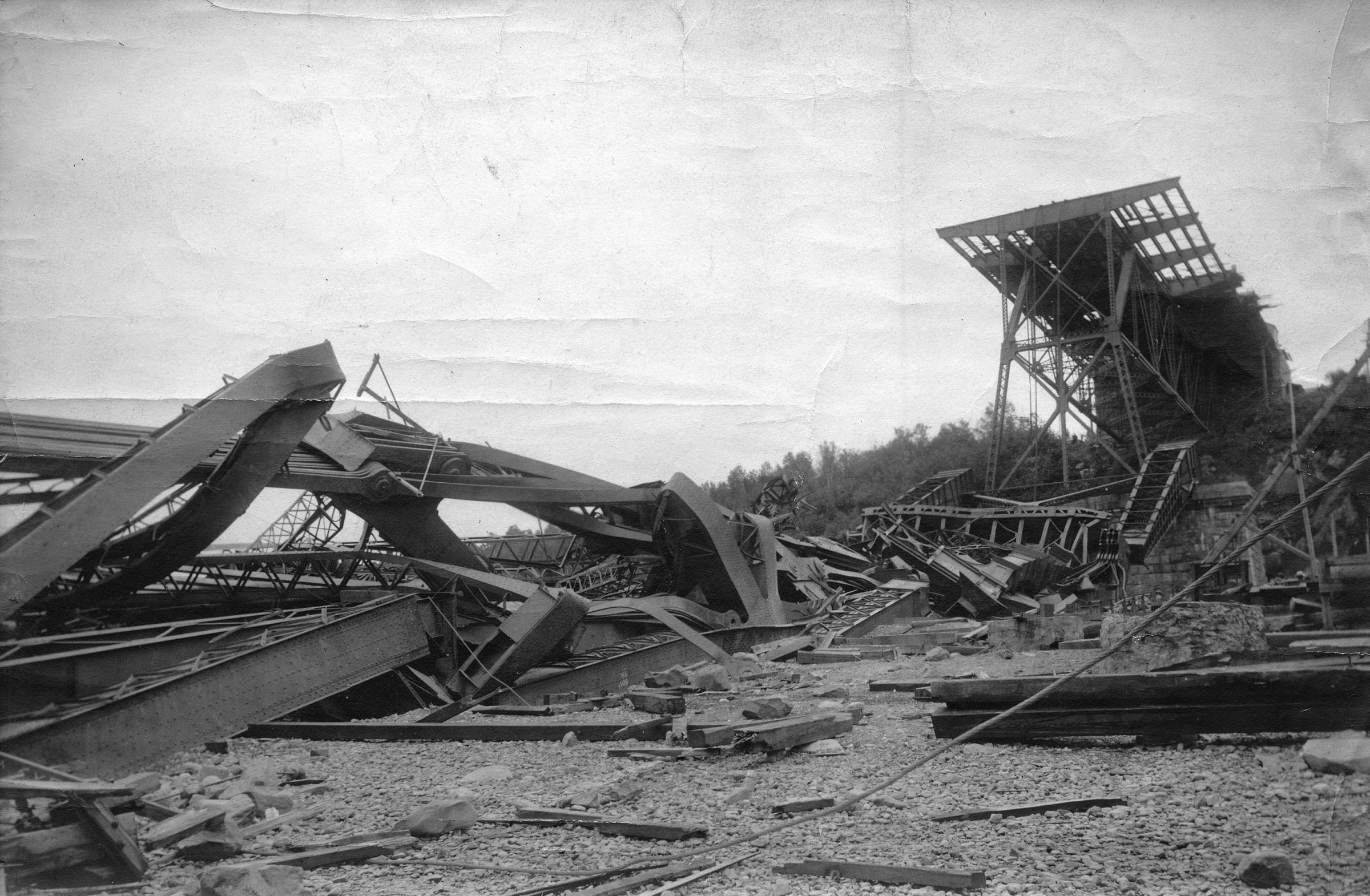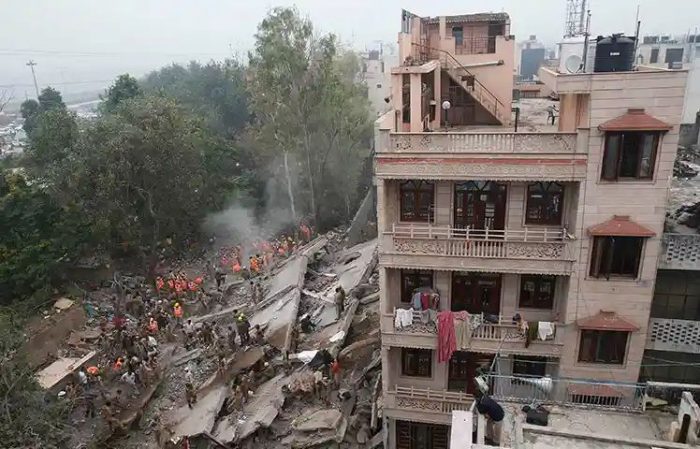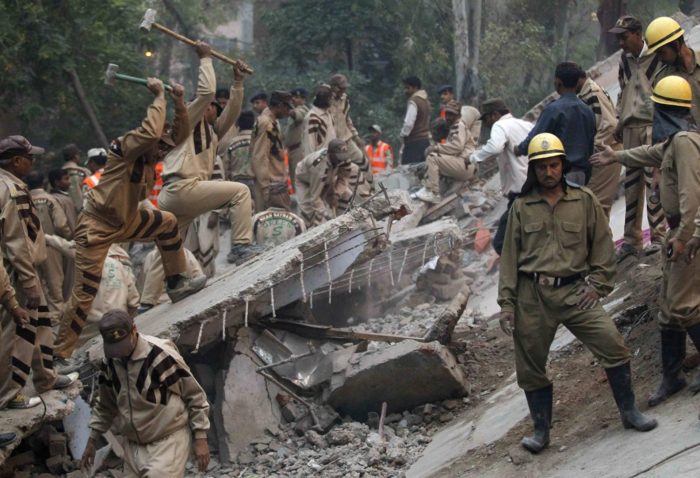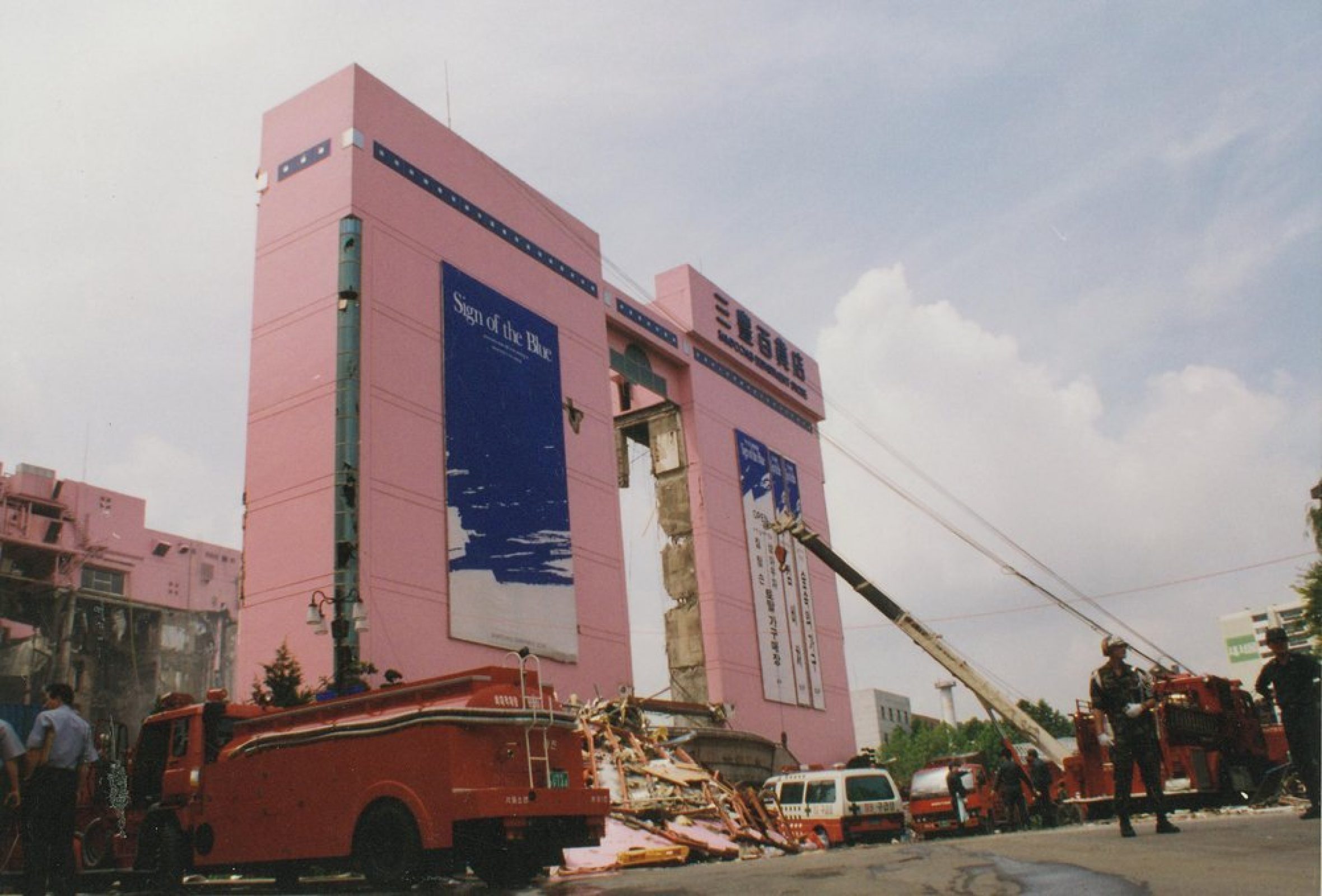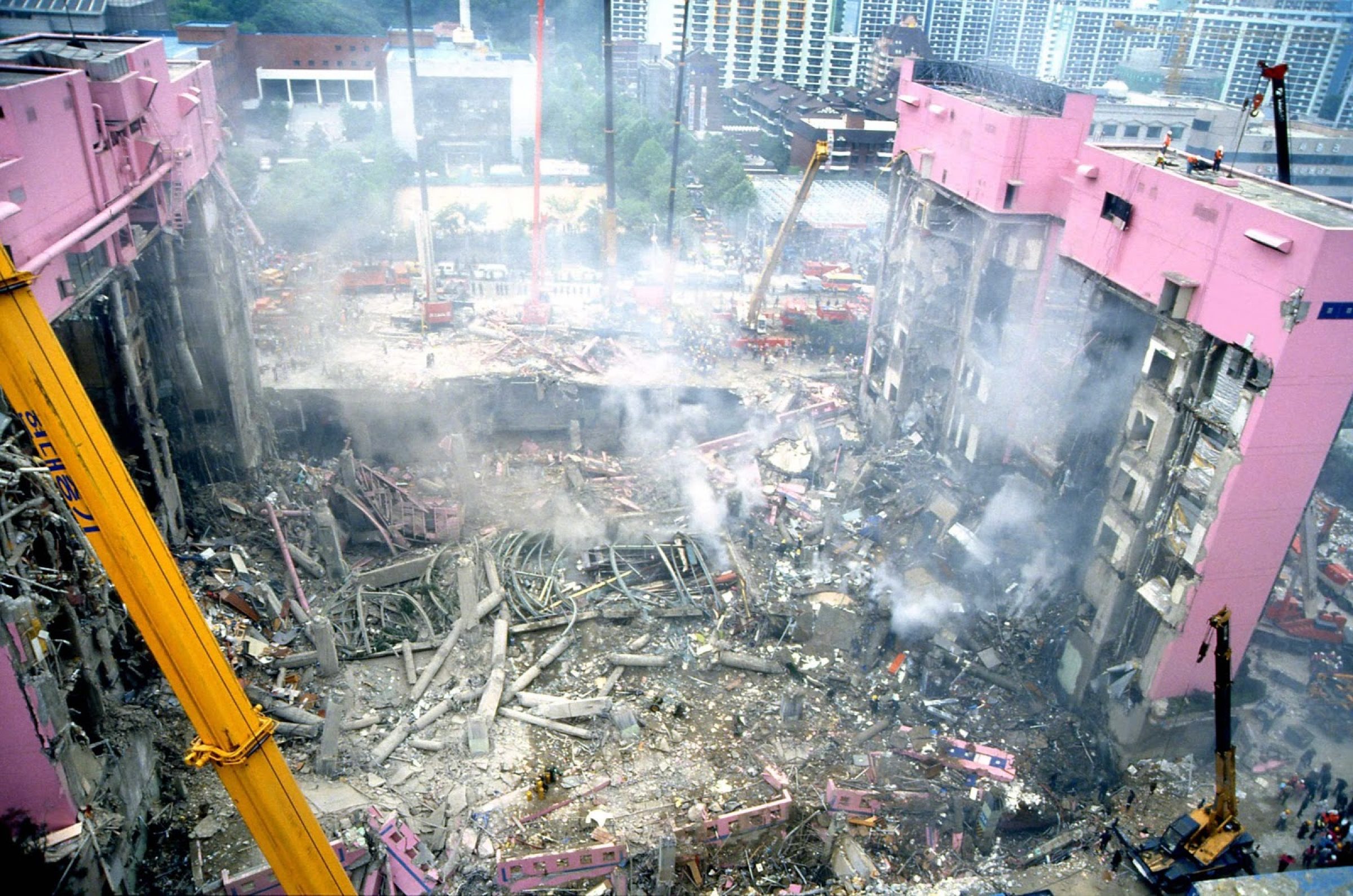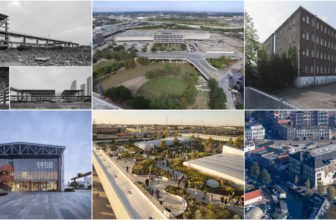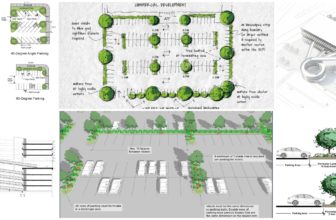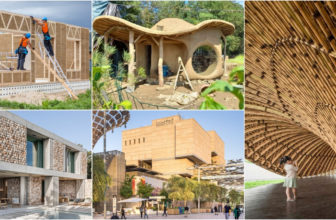Nobody is perfect, especially architects and structural engineers. Hundreds of people have lost their homes, offices, and loved ones due to improper shaky structures, architectural failures, natural crisis events, and other disasters.
Previously on Arch2O, we have reviewed a collection of unsuccessful public housing projects from across the globe.
Buildings that have failed are not just the result of bad planning, bad construction, or bad design. They can also result from several factors, including poor maintenance, weather conditions, and even structural issues. But, unfortunately, they’ll always be labeled as architectural failures.
This article breaks down the devastating stories behind why each of these five structures collapsed and why they are considered architectural failures.
What are the architectural failures of modern architecture?
Architectural failures have become increasingly common in the modern world. Many people believe that this is because of the increasing complexity of our societies, the use of technology in place of traditional construction methods, and the expanding use of air conditioning and other cooling systems. The following case studies will highlight the five most notable architectural failures:-
1. Twin Towers, New York, USA
Known as the most famous, unforgettable, and controversial building collapse in humanity, the World Trade Center Twin Towers were demolished on September 11, 2001. Many conspiracy theories have risen about why the Twin Towers have fallen. Much debate has occurred on whether that was merely a terrorist attack or one of the world’s most dangerous architectural failures.
Designed by Minoru Yamasaki Associates and Emery Roth & Sons, the twin towers were considered the tallest structure from 1972 till 1974.
The most popular explanation for this disastrous fall is the terrorist plane crash. However, experts later concluded that the impact on the building was too powerful and too fast to have been merely caused by the plane crash.
Architect Richard Gage and software engineer Jim Hoffman were among many researchers who believed that other external factors weakened the building’s structure. They suggested that explosives were installed in the buildings and carefully located so that the building entirely and dramatically collapsed within a short period. However, a 2011 Norweigan research suggests that the mix of Molten aluminum and water could have been what brought down the famous towers.
- © Jeffmock
- ©Mintpressnews.com
2. Lotus Riverside Compound, Shanghai, China
It is no surprise that China’s poor construction standards could eventually lead to grand-scale disasters, especially in the suburbs. In 2009, a 13-story apartment building fell dramatically on one side due to an unstable structural foundation. This is one of the architectural failures in which the building collapsed due to a flawed structure and severe weather conditions. Located in the Minhang District in Shanghai, China, the Lotus Riverside Block 7 is part of a complex residential housing of 629 units.
The most bizarre aspect of this collapse is that the building fell on the ground while remaining unchanged, which is very uncommon in building collapses. After heavy rain showers, the soil under the precast concrete piles in the foundation became moist and kept getting weaker. Unfortunately, one of the workers was found dead after this collapse.
3. The World’s Longest Cantilever Bridge, Quebec, Canada
- ©Jacques Boissinot
- ©Vancouver Police Department, Pinterest
After people had been dazzled by the structural wonder of the world’s longest cantilevered bridge, the “Pont de Quebec” was not so dazzling. Completed in 1917, the Quebec Bridge is one of the most unexpected architectural failures due to critical errors in the blueprint drawings and unrevised calculations.
Spanning a total length of 987 meters (3,238 ft), the Quebec bridge was made of a steel truss structure and used to connect Quebec City and Lévis. It comprised a seemingly impressive cantilever that was made of steel and reached a length of 177 m (581 ft).
The proposal by Phoneix Bridge Company for the Quebec Bridge was considered the best and the cheapest of the bids submitted to the Quebec Bridge Company. On the other hand, the project’s consulting engineer was Theodore Copper, a reputable American bridge designer. Accordingly, they were given the task of designing the bridge.
Although Cooper approved the work at the beginning, he became worried after reviewing the proposal’s detailed drawings in February 1906 as he noticed that the actual weight of the steel support pieces was much more than the initial estimated weight.
The bridge’s construction had already started and continued despite Cooper’s warnings. Sadly, by August 1907, the bridge fell with its cantilever arm into the St. Lawrence River, causing the death of 75 of the workers working on the cantilever arm.
4. Delhi Building Collapse, New Delhi, India
Located in the East of the populous city of New Delhi in India, this multi-story residential building is an epic architectural failure that resulted in the tragic death of 67 people and 150 injuries. The building housed migrant workers who originally came from rural areas in eastern India till November 2010.
This chaotic collapse urged the rescuers to use sniffer dogs to find injured survivors beneath the ruins of the building. They even used jackhammers to search through the mess and pull out the bodies.
According to Delhi Chief Minister Sheila Dikshit, the concrete structure was weak and built without authorized construction permits. Even worse, an anti-corruption body in India eventually concluded that the safety certificates for the building were fake and that this building is just one of the multiple structures that use substandard materials in public houses. Later, a terrifying official report stated that many of the buildings in the area do not also have essential firefighting equipment.
Also Read:-10 masterpieces showing diversity in Indian architecture
5. Sampoong Department Store, Seoul, South Korea
- ©Seoul Fire and Disaster Headquarters
- ©Keywordbaskets.com
Located in the Seocho-gu district of Seoul in South Korea, the Sampoog Department store collapse was a catastrophic architectural failure that resulted in 502 deaths and roughly 1,445 injuries. Marking itself as a milestone in South Korean history, this collapse took place in 1995 and occurred as a result of various errors committed by the designers, contractors, and owners.
Built by Lee Joon, the upscale department store was a 5-story building on the site of a former rubbish dump. Although many engineers had advised Joon not to build an extra sixth floor to the building, he insisted on constructing it and even fired these engineers.
This increase in the number of floors was followed by reducing the cross-section of some of the support columns to install escalators. The result was a structurally weak building that, consequently, fell to the ground along with many of its users.
The Sampoong department store failure was considered the deadliest modern building collapse until the collapse of the Savar building, after Dhaka, in Bangladesh. Interestingly, the collapse was even depicted in a popular Korean thriller, “Traces of Love,” released in 2006.


